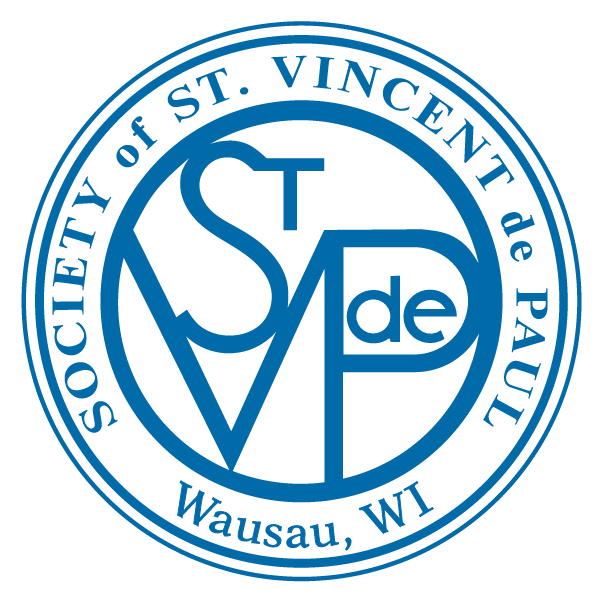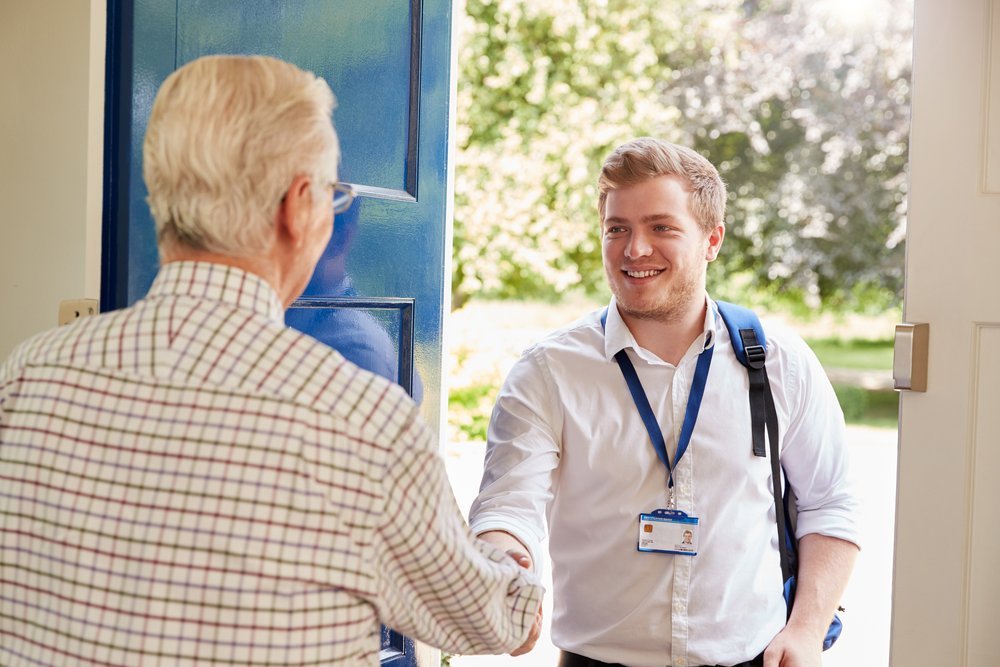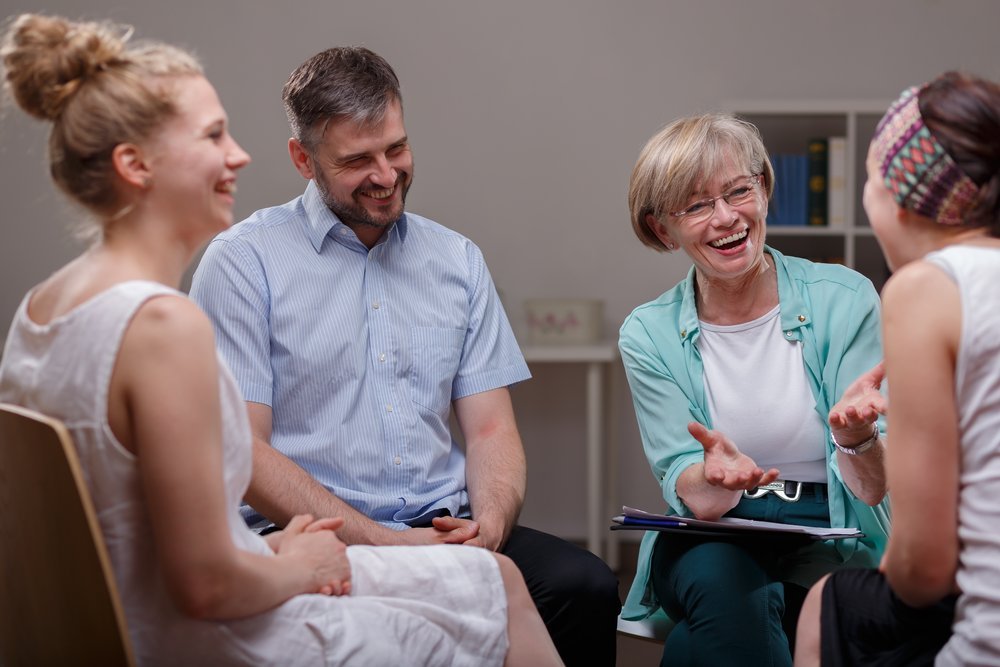
Members of our Cabrini Conference providing a meal in support of the Jubilee House in Wausau, WI
Volunteer
Our Volunteer Program
We offer a wide variety of rewarding opportunities to our volunteers!
You may serve individually or organize a club, co-workers, or other group. Our organization is always in need of new faces, fresh perspectives, new hands, and new hearts to respond to our friends and neighbors who need help. Use your experience to help others, and along the way, you might learn some new skills too. APPLY TODAY!
Volunteer at Our
Thrift Store
Become a Home Visitor
Become a Facilitator
Join Our Getting Ahead Program
Interested in signing up? Fill out our online application.
Need more information on volunteering?
Submit an online request to be contacted for additional opportunities
Corporate/Business
Volunteer Program
St. Vincent de Paul wants to welcome you to our Corporate/Business Volunteer Program. This program is for large groups or groups on behalf of
a business or organization.
Do you get paid to volunteer? Does your company support a Day of Service?
Join us for our Corporate Volunteer program.




